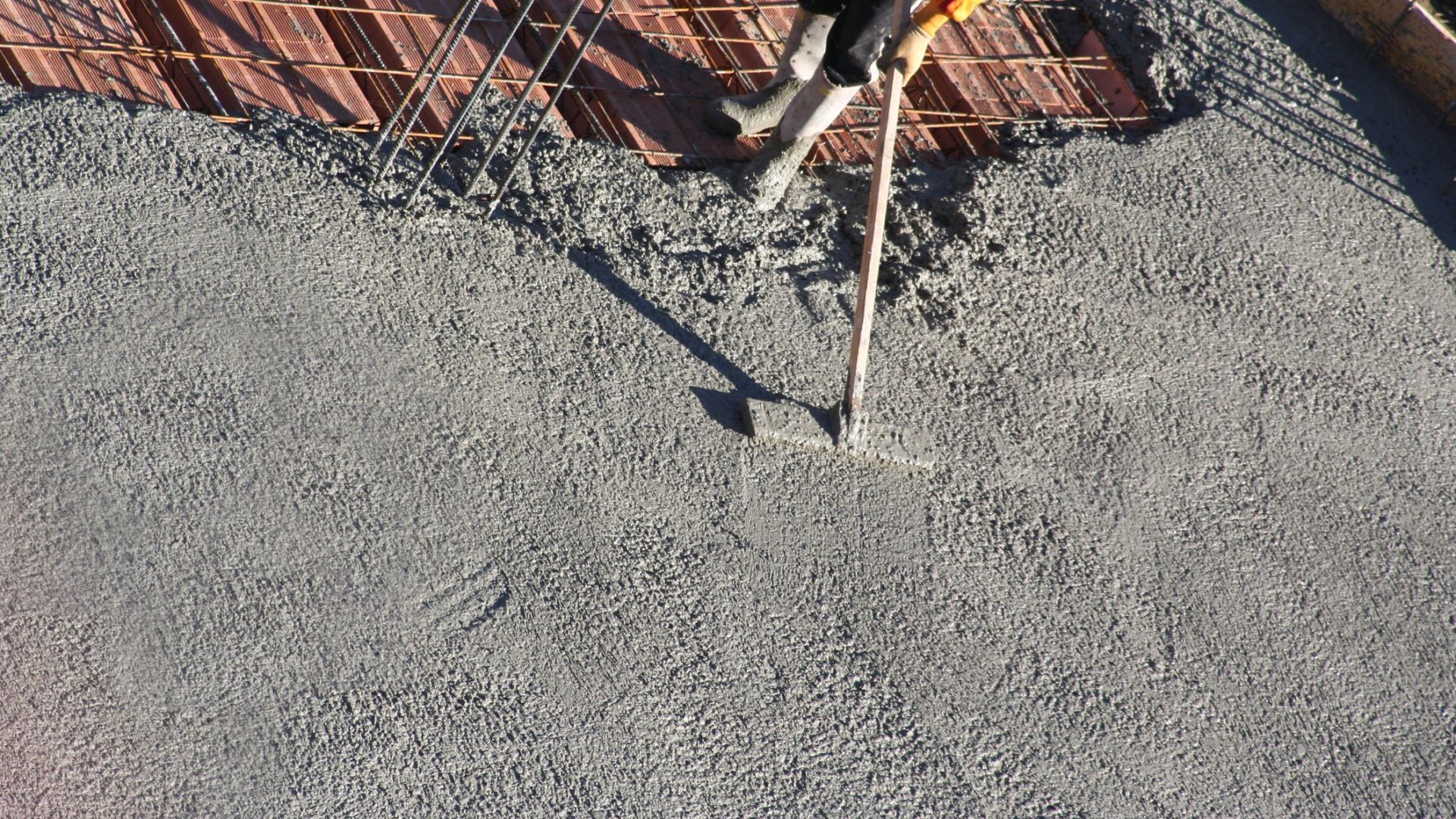
Researchers at the University of Cambridge have developed a process for recycling cement which could allow the production of low-emission concrete at scale.
The method, which the scientists describe as “a miracle”, uses the electrically-powered arc furnaces used for steel recycling to simultaneously recycle cement.
Concrete is the second-most-used material on the planet, after water, and is responsible for approximately 7.5% of total anthropogenic CO2 emissions.
The Cambridge researchers found that used cement is an effective substitute for lime flux, which is used in steel recycling to remove impurities and normally ends up as a waste product known as slag. But by replacing lime with used cement, the end product is recycled cement that can be used to make new concrete.
The researchers say the process, according to the journal Nature, does not add any significant costs to concrete or steel production and significantly reduces emissions from both concrete and steel, due to the reduced need for lime flux.
Recent tests carried out by the Materials Processing Institute, a partner in the project, showed that recycled cement can be produced at scale in an electric arc furnace (EAF), the first time this has been achieved. Eventually, this method could produce zero-emissions cement, if the EAF was powered by renewable energy, the Cambridge scientists say.
Construction workshops
“We held a series of workshops with members of the construction industry on how we could reduce emissions from the sector,” said Professor Julian Allwood from Cambridge’s Department of Engineering, who led the research. “Lots of great ideas came out of those discussions, but one thing they couldn’t or wouldn’t consider was a world without cement.”
Although a small proportion of concrete, cement is responsible for almost 90% of concrete emissions. The clinkering process, where limestone and other raw materials are crushed and heated to about 1,450 deg C in large kilns, releases large amounts of CO2.
Roughly half of the cement in concrete can be replaced with alternative materials, such as fly ash, but these alternatives are in diminishing supply and need to be chemically activated by the remaining cement to harden.
“It’s also a question of volume – we don’t physically have enough of these alternatives to keep up with global cement demand, which is roughly four billion tonnes per year,” said Allwood.
The cement made through this recycling process contains higher levels of iron oxide than conventional cement, but the researchers say this has little effect on performance.
‘Zero-emissions cement’
The Cambridge Electric Cement process has been scaling rapidly, and the researchers say they could be producing one billion tonnes per year by 2050, which represents roughly a quarter of current annual cement production.
“Producing zero-emissions cement is an absolute miracle, but we’ve also got to reduce the amount of cement and concrete we use,” said Allwood. “Concrete is cheap, strong and can be made almost anywhere, but we just use far too much of it. We could dramatically reduce the amount of concrete we use without any reduction in safety, but there needs to be political will to make that happen.
“As well as being a breakthrough for the construction industry, we hope that Cambridge Electric Cement will also be a flag to help the government recognise that the opportunities for innovation on our journey to zero emissions extend far beyond the energy sector.”
The researchers have filed a patent on the process to support its commercialisation. The research was supported in part by Innovate UK and the Engineering and Physical Sciences Research Council (EPSRC), part of UK Research and Innovation (UKRI).
Comments
Comments are closed.












I am sceptical about the terminology used, ‘no emissions’. What does that mean? Are there no emissions associated with the crashing and putting the concrete through the Furnace?